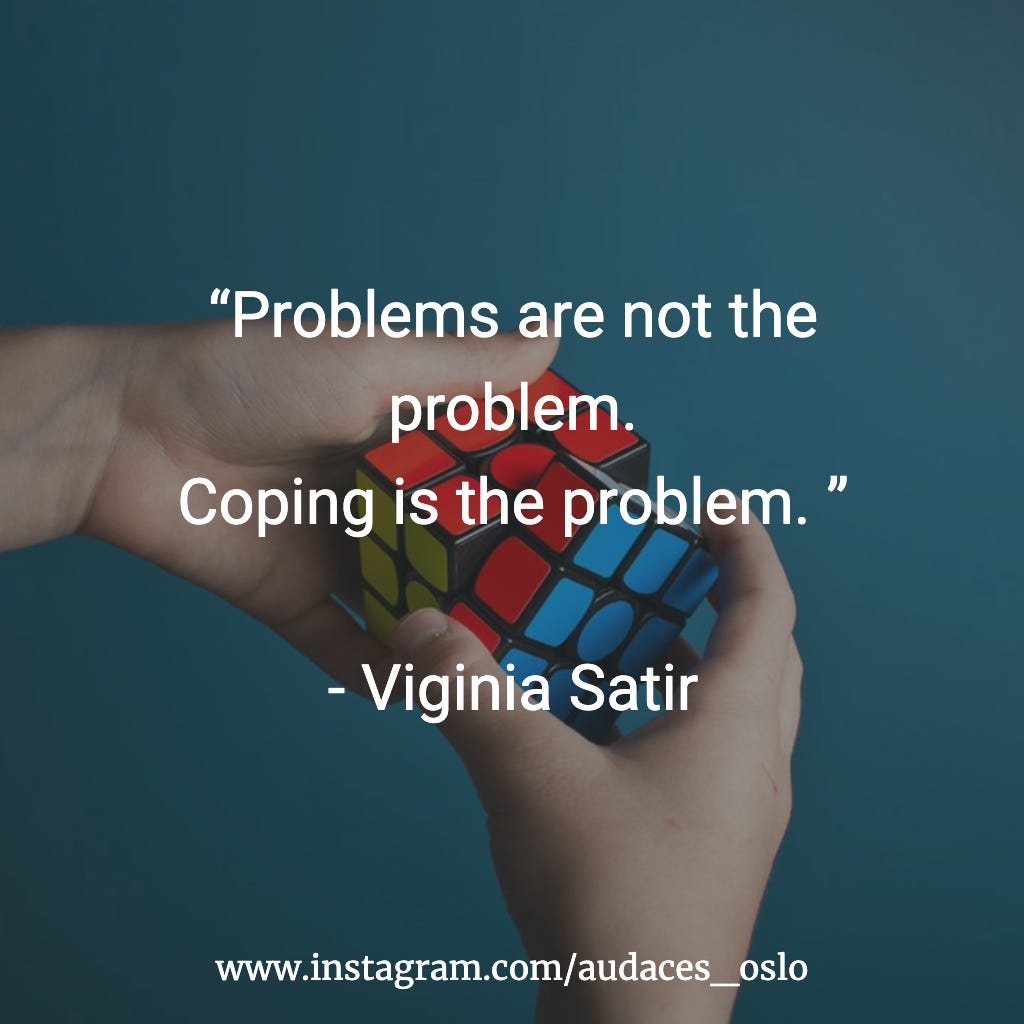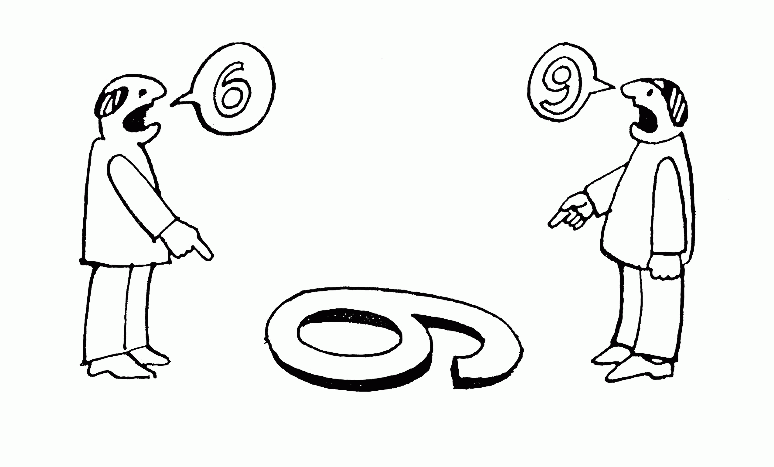What characterises a Design Sprint?
Google Ventures and Jake Knapp defines Design Sprint as "a five-day process for answering critical business questions through design, prototyping, and testing ideas with customers."
Google defines a Design Sprint as "a proven methodology for solving problems through designing, prototyping, and testing ideas with users."
AJ&Smart defines a Design Sprint as "a 4-day process for rapidly solving big challenges, creating new products, or improving existing ones."
Design Sprint Academy defines a Design Sprint as “a framework to help your team move from problem to tested solution in less than one workweek”.
In some cases, it is about the number of days, in some other cases, it is about answering or solving some kind of problems or challenges. I personally, experience the above definitions quite vage and with a big degree of interpretation, that in some unfortunately cases may lead to misunderstandings and big failures, giving "Design Sprints" a bad reputation.
I would not dare to simplify what a Design Sprint is in one sentence, but rather define the 7 characteristics, that I personally and based on my own experience, use to define and plan a Design Sprint when I talk to customers:
Critically and strategical complex challenge: business model, product, service or process.
Clearly defined and anchored needs and problem.
Interdisciplinary and cross-functional team.
Limited focus: hypothesis.
Insight in place
Follows 100% the Design Thinking process
Performed in a time-boxed and immersive 3-5 day session
All seven should be on place in order to call a design sprint a "Design Sprint", if not, I would rather call it something else, to avoid misunderstandings.
1. Critical and strategical complex challenge: business model, product, service or process
Design Sprint should only address strategical and critical, complex or complicated challenges such as new business models, products, services, processes or solutions. The challenge needs to be of such a strategical importance that grants the use of critical resources and time for a continuous and focused period of time.
2. Clearly defined NEED: focusing on the problem, NOT the solution
In order for a Design Sprint to make sense, it should start and build from a clear, defined and top management agreed business need. It is vital that the strategical stakeholders and power ups are on board form the start, and that the focus on the Design Sprint is in exploring the problem with an open mind, so we can find a solution together, and NOT on having the solution already and just implement it.
3. Interdisciplinary and cross-functional team
A Design Sprint should be only used when there is a need of an interdisciplinary and cross-functional team. The complexity of the problem requires different competencies and perspectives in order to reach to a solution. If you want to change the layout and navigational structure of your app, do not use a Design Sprint, but rather gather a bunch of talented UX and let them fix the problem instead of.
4. Limited focus: hypothesis and "kickstart" the process
The problem to be dealt during a Design Sprint should be focused on a limited and manageable scope. The problem needs to be critical and strategical, but we need to scope it down to something manageable and realistic so it can be dealt during a Design Sprint.
It does need to be 100% perfect or the 100% finished solution or MVP, because we do not actually have time to manage it through a Design Sprint, and because it is neither the objective of the Design Sprint. It is to validate or invalidate our initial hypothesis, and to kickstart the process further from "stand still" into following the created momentum and common agreement. Remember, it is a sprint and not a marathon.
5. Insight in place
Customers need to have some business AND customer insight / intelligence / analysis in place in which we can both base and build upon the Design Sprint efforts. The whole point is to validate some of those insights through the Design Sprint.
6. Follows 100% the standard and well known Design Thinking process
A Design Sprint is only a compressed and time-boxed version of the standard and well known Design Thinking process: Understand / Empathize / Define -> Ideate (diverge and converge) -> Build / Prototype -> Test / Validate with REAL USERS
I like better using the term "Design DOING" rather than "Design Thinking" to emphasize the proactive and hands-on approach and mindset during a Design Sprint
7. Completed in a time-boxed and immersive 3-5 day session
A Design Sprint should be completed in a time-boxed, compressed and immersive 3 -5 day´s session where all the team sits together in a locked Design Sprint war room.
Good sprinting and godspeed!!
Wonder how and where to start implementing Design Sprints in your company? Let's have a talk and share some interesting thoughts and ideas together (co-creation!).
Interested in facilitation and want to learn more and share your experience and knowledge with like-minded professionals?
Join our Meetup group "Facili-station Meetup" and come to our both online and offline professional gatherings in https://www.meetup.com/facili-station-meetup/










Great details, examples, and resources along your read! Thank you so much for sharing :)
Great descriptions and explanations!